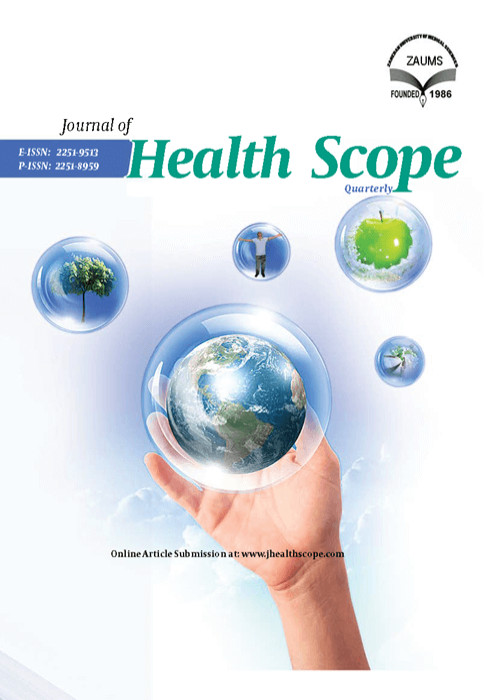Noise-Induced Hearing Loss: Prevention is Possible
Author(s):
Abstract:
Background
In Denmark, the preventive measures against occupational noise-induced hearing loss (NIHL) were intensified in 1995. Apparently, no extant studies have attempted to document the effect of these measures..Objectives
This study aims to estimate the prevalence and severity of noise-induced hearing loss after 1995 and to explain the factors that influence the official statistics regarding hearing loss..Patients and
Methods
Screening audiograms from 272 noise-exposed workers were studied in an attempt to distinguish between noise-induced hearing loss (NIHL) and hearing loss resulting from other causes. The results were compared with deductions that could be made from official work environment statistics..Results
Calculations based on official work environment statistics show that the proportion of NIHL among the reported cases of hearing loss has decreased, so that the proportion of non-NIHL has increased. Further, the severity of occupational NIHL has decreased. Among the 272 tested persons, 88 (32%) presumably had NIHL. A combination of NIHL and hearing losses of other causes was found in 28 (10%), while 43 (16%) had a hearing loss that could not be NIHL. Normal hearing was found in 113 (42%). Overall, roughly, one third of the tested persons had NIHL, and among the 159 cases with hearing loss, a factor other than noise played a role. The measures against NIHL have had a positive effect. When, nevertheless, the annually reported number of cases continues to rise, it is because minimal NIHL cases and cases that are not NIHL are included in the statistics. The present study suggests that the non-NIHL group may amount to about 40 % of the reported cases. The official statistics should be refined to take this confounding aspect into account..Conclusions
Despite rising figures of reported occupational hearing loss, working NBII statistics show that the NIHL problem in the Danish work environment has, in fact, decreased. In our study, we found that roughly one third (around 100 cases) of the 272 screened persons presumably had NIHL, taking into account 88 probable cases (Column B) and 44 questionable ones (Column C 16 ski slopes). About 45% of those who did not pass the screening had a hearing loss in which noise could be, at the most, a contributory factor. In 116 cases of probable or possible NIHL, the average hearing loss was only 33 dB, and in only 11 cases (9%) was the hearing loss considered severe enough to qualify for compensation. Our audiometric findings are, in all probability, valid for similar plants in this country and suggest that the noise problem is reasonably under control. This corroborates the deductions that can be made from the official statistics. It is evident, therefore, that NIHL incidence and severity can be reduced in countries that implement and enforce appropriate work environment legislation. However, documentation of the effect requires data storage and retrieval systems that can distinguish between NIHL and non-NIHL cases and are also able to grade the severity of NIHL..Keywords:
Noise , Workplace , Hearing Loss , Noise , Induced , Hearing , Audiometry
Language:
English
Published:
Journal of Health Scope, Volume:5 Issue: 2, May 2016
Page:
3
magiran.com/p1532532
دانلود و مطالعه متن این مقاله با یکی از روشهای زیر امکان پذیر است:
اشتراک شخصی
با عضویت و پرداخت آنلاین حق اشتراک یکساله به مبلغ 1,390,000ريال میتوانید 70 عنوان مطلب دانلود کنید!
اشتراک سازمانی
به کتابخانه دانشگاه یا محل کار خود پیشنهاد کنید تا اشتراک سازمانی این پایگاه را برای دسترسی نامحدود همه کاربران به متن مطالب تهیه نمایند!
توجه!
- حق عضویت دریافتی صرف حمایت از نشریات عضو و نگهداری، تکمیل و توسعه مگیران میشود.
- پرداخت حق اشتراک و دانلود مقالات اجازه بازنشر آن در سایر رسانههای چاپی و دیجیتال را به کاربر نمیدهد.
In order to view content subscription is required
Personal subscription
Subscribe magiran.com for 70 € euros via PayPal and download 70 articles during a year.
Organization subscription
Please contact us to subscribe your university or library for unlimited access!


